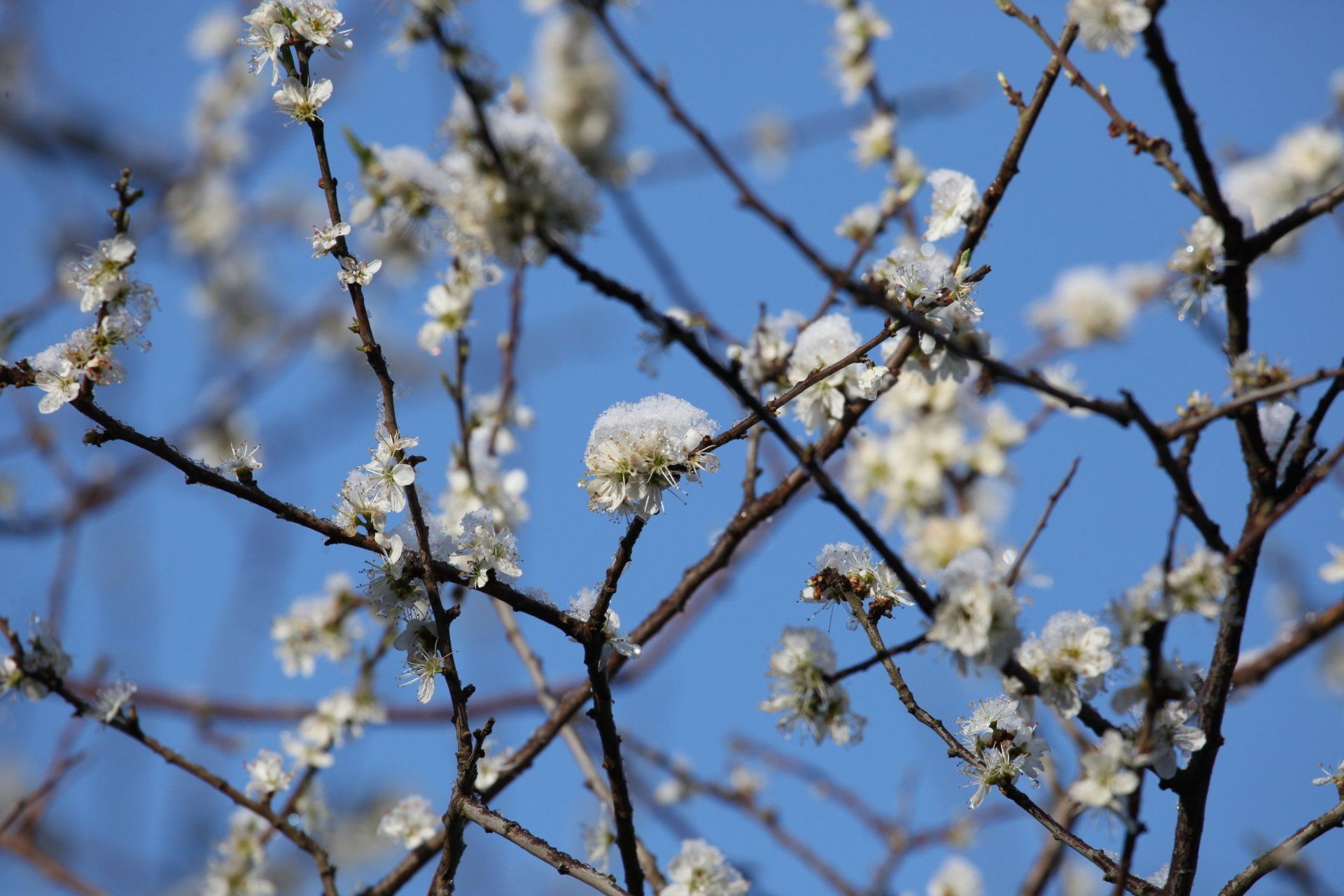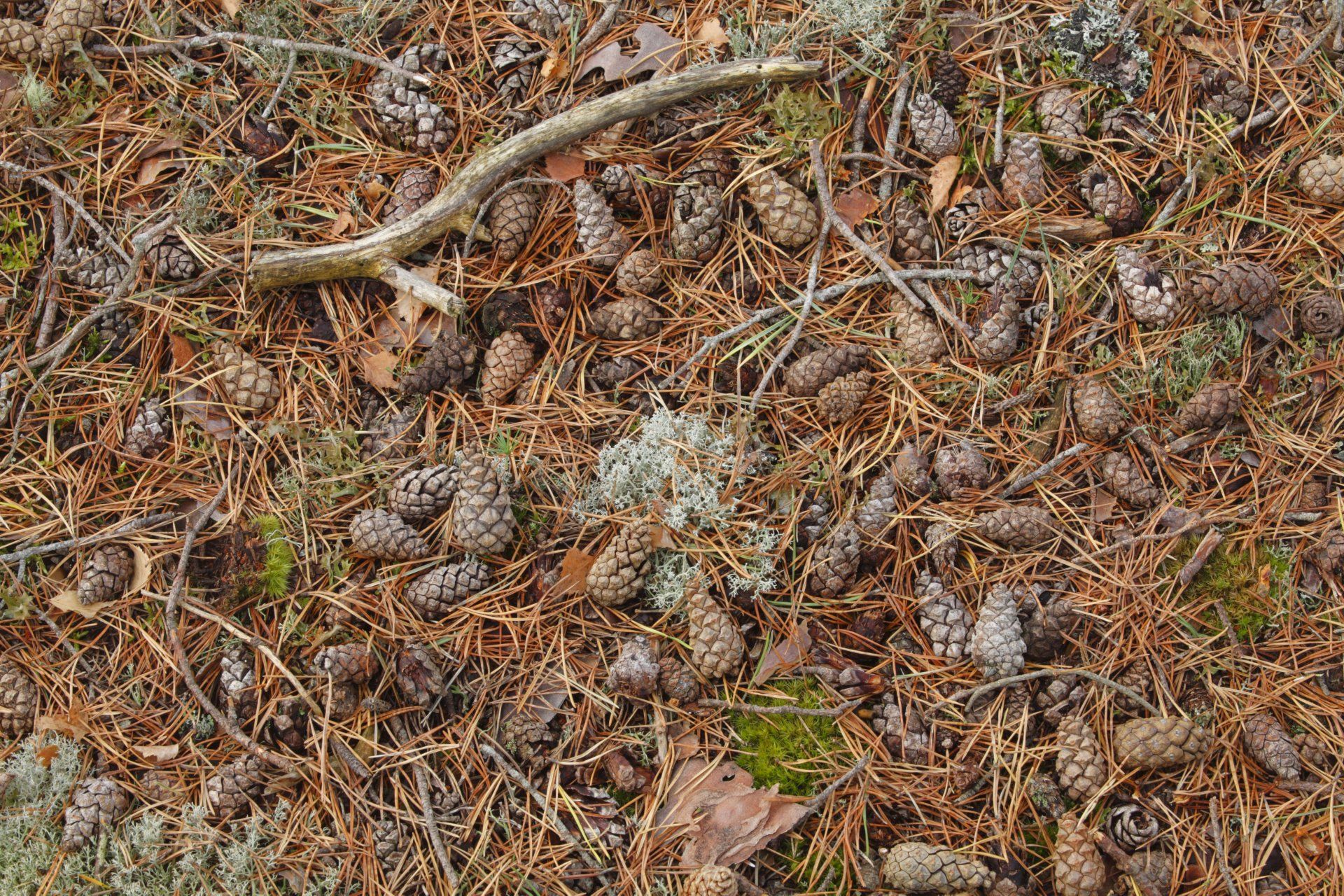A Million Trees for Norfolk
1 Million Trees for Norfolk was launched in November 2019 as part of Norfolk County Council’s Environmental Policy.
The Policy’s targets are wide-ranging, from committing to achieving ‘net zero’ carbon emissions on its estates by 2030, to creating a Pollinator Action Plan to help protect and recover our nature.
Lee Cozens from the Council explains more about the project here:

The benefits of planting trees and hedges are extensive, from increasing carbon storage to health and wellbeing benefits for the population. As well as being a vital source of food for people and wildlife, trees form habitats for animals, fungi and other plants, and are an important source of pollen and nectar for insects. Establishing more trees and hedges not only enhances biodiversity but improves nature connectivity between areas; something we want to see much more if in Norfolk. Such a target requires an evidence-based approach and Norfolk County Council have already been using innovative and exciting schemes to get this project underway. The 1 Million Trees for Norfolk initiative aims to increase Norfolk’s tree cover by 1 million over five years.
The Council is leading the way in tree and hedge mapping, benefitting from having access to powerful digital mapping software. Our
Norfolk Trees and Hedges Map1 is one of the first of its kind and helps to build a better picture of where to best focus tree and hedge planting and where to allow other habitats to thrive. Well-planned planting of trees and hedges means more diverse habitats and corridors that offer protection to wildlife, more resilience against flooding, more carbon storage and potentially more access to trees for Norfolk residents. All this will be an important part of our planning and decision-making over the coming months.
Some exciting work has been happening through our ‘Trees Outside Woodlands’ project (funded through the Government's Shared Outcomes Fund and led by Defra). This has been assessing the feasibility of different schemes to establish healthy trees in the ground and enhancing our knowledge for future programmes.
The first of these is Miyawaki forests, which are being trialled for the first time in Norfolk. These mini forests follow a tree planting approach developed by Japanese botanist Dr Akira Miyawaki. On one side of these tennis court sized sites is a Miyawaki planting area with improved soil and a higher density of planting. On the other side is standard planting in a control area with lower density planting and no soil improvements.
Over the years, each of the sites (located at Hellesdon, Sprowston, Fakenham, Sheringham and North Walsham) will be carefully monitored to learn whether the innovative planting technique brings greater success than conventional planting. The community planting days were also a great way to share our knowledge with local people, with many schools and community groups getting involved.
The Community Tree Nurseries initiative has been a huge success so far – through working with enthusiastic volunteers in the community, we are hoping to create a supply of 10,000 local, biosecure trees every year. Our nursery at Gressenhall Farm and Workhouse Museum of Norfolk Life has benefitted from volunteers helping us with all stages of setting up the nursery from building raised beds to collecting seeds. We also have funding available for communities looking to set up their own tree nursery in Norfolk. If you are interested, you can find out more by emailing tree.project@norfolk.gov.uk.

Alongside the Trees Outside Woodlands project, other initiatives have included woodland creation schemes with the Woodland Trust and Forestry Commission – something we will be continuing with in the future by working with our County Farm tenants. We have also secured funding for a hedge gapping and planting programme, working with tenants and parishes to improve the quality of bordering hedges across the County Farms estate. We are aiming for approximately 30,000 stems to be planted this coming planting season, and this will be hugely important for the area’s biodiversity and nature connectivity.
There will be many schemes to look out for over the upcoming year and beyond. We will also be expanding our tree giveaway scheme later this year, where we will be subsidising the cost of tree packs for the public by 50%. We hope that this alone will establish 40,000 trees in gardens and green spaces across the county.
Norfolk County Council has increased each of its county councillors’ discretionary funds from £6,000 to £10,000 to increase the opportunity for environmental enhancements – communities might be able to access this if looking for funding for their own community projects. Last year we were able to encourage community and parish groups to use this for tree planting in their locality, we hope to build on this again this year.
One of the next things we will be doing is establishing tree planting numbers in Norfolk from the past two years. Even if you’ve planted one tree in your garden, that tree will be one in a million! We will soon be publishing a short online form for people to tell us about where trees have been planted across the county.
A great place to find out more about our work is through our 1 Million Trees website2. This is full of useful advice and is regularly updated as the project grows. Something we really want to encourage is understanding and awareness around ‘right tree, right place, for the right reason’ – that trees that are planted to deliver the most benefits and don’t harm the surrounding wildlife in any way.

By signing up to our newsletter3 we can keep you up to date with new developments. We hope you will sign up and become part of our community and be the first to hear about upcoming initiatives to meet our target.
We welcome the opportunity to work with other landowners and organisations too. By gathering evidence of tree planting taking place across the county, we can evidence the impact we are all having on a local and regional scale. Working together means we can all share a sense of pride in the outcomes, and this is how everyone can play their part in celebrating how we’re making Norfolk greener.
If you are a landowner, organisation or community group and want to discuss how you can work with us, you can email us at tree.planting@norfolk.gov.uk.
To learn more about what's going on in Norfolk with the 1 Million Trees initiative, you can sign up to their newsletter:
WildEast Blog

Powered by LocaliQ
Follow Us
SIGN UP FOR NEWS & UPDATES
Newsletter Sign Up
Thank you for signing up to our newsletter.
Please try again later.
Privacy / Terms & Conditions / Sitemap
